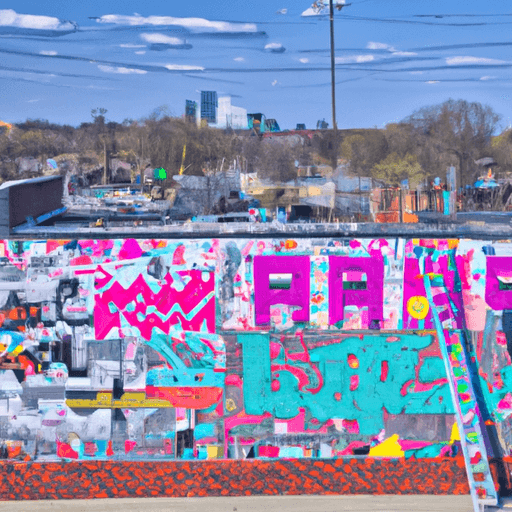The Evolution and Impact of Street Art in Urban Culture
Street art – rebellious, vibrant, and hard to miss. This compelling medium is more than just a splash of color on a wall. It forms an intricate part of urban culture and city aesthetics, often serving as a voice for community sentiments and a platform for social and political commentary. This article will chronicle the evolution of street art and explore its multifaceted impact on urban culture, its role in shaping communities, its controversial existence, and where it might be headed in the future.
The Origins and Evolution of Street Art
Street art traces its roots back to the 1960s, gaining momentum as an aspect of the counterculture movement. Originating as graffiti, early street art was a form of resistance against existing political and social structures. Through the late 20th and early 21st century, this form of art has transformed significantly, intertwining with graffiti, installation, stencil, and mural art. It has moved from being seen as an act of vandalism to a widely accepted artistic expression.
Key Artists and Iconic Street Artworks
One of the most notable figures in street art is Banksy, a secretive artist who gained international recognition for his provocative and politically charged stencil works. His art, like the controversial Balloon Girl or Rage, the Flower Thrower, have become iconic graffiti and mural works. Other influential artists include Shepard Fairey, famous for his Obey Giant series, Keith Haring, known for his radiant, energetic figures, and Jean-Michel Basquiat, who transitioned from street art to the international art scene.
The Impact and Influence of Street Art
Street art has played a significant role in the cultural, social, and aesthetic transformation of cities. It beautifies neighborhoods, fosters community identity and pride, and can provide significant talking points for social and political issues. In the case of gentrification, street art can simultaneously resist and invite it. It humanizes concrete jungles, using cityscapes as its canvas, not only impacting the visual appeal of the city but also the very cultural fabric of the community.
Street Art: Artistry vs. Vandalism
Despite growing acceptance, the debate around street art's legality persists. Many argue that unauthorized art on public or private property amounts to vandalism. Nevertheless, some cities have started to embrace it, commissioning artists to adorn city walls and even creating street art districts. While this won't put an end to the controversy, it signifies a shift in perception of what constitutes art and vandalism.
Forecasting the Future of Street Art
As a fluid and changing form of art, the future of street art is unsure. However, with growing recognition and acceptance, it is likely to evolve and adapt to the changing landscapes of urban culture. As our cities continue to grow and morph, street art will undoubtedly find new walls to paint, new stories to tell, and new controversies to fuel, perpetually redefining its place in urban culture.
Whether perceived as a powerful tool for change or an act of vandalism, the impact of street art on urban culture is undeniable. It is a compelling form of social commentary and a testament to the transformative power of art in our cities.

















Comments
Leave a Comment